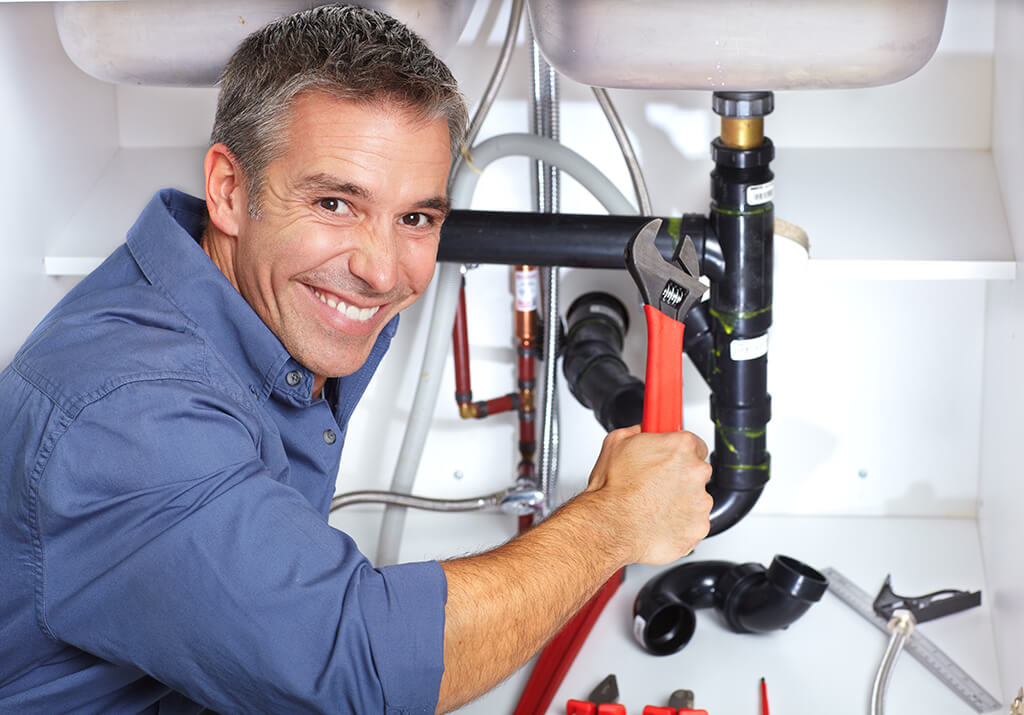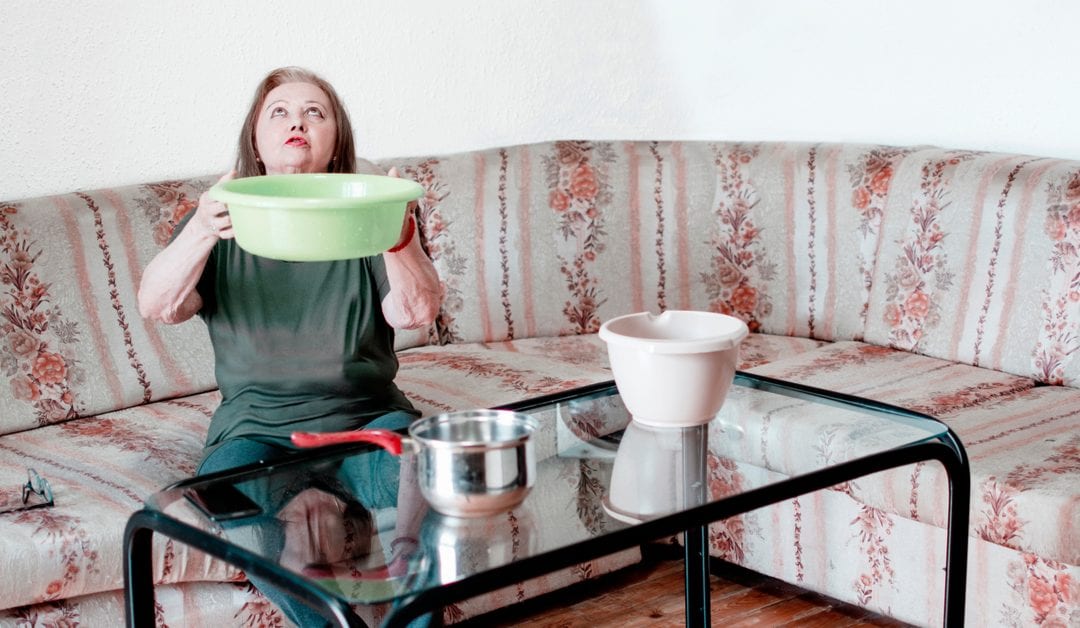Effective Ways to Address Plumbing Issues in Older Homes
Effective Ways to Address Plumbing Issues in Older Homes
Blog Article
Nearly everybody has their own individual perception in relation to Plumbing Issues in Older Properties and How to Fix Them.

Older homes commonly come with beauty, personality, and background, but they can additionally bring a host of plumbing problems. Whether you're handling aging pipes, low tide pressure, or leakages, knowing exactly how to resolve these usual troubles is essential to preserving a risk-free and useful home. In this guide, we'll check out the typical plumbing difficulties dealt with by older homes and offer practical solutions to keep your plumbing in leading form.
Comprehending Typical Pipes Concerns
Aging Pipelines
One of the most common concerns in older homes is aging pipes. Depending upon the period in which your home was built, the pipes may be made from materials that have actually degraded over time, such as galvanized steel, cast iron, or even lead. These materials can rust, become brittle, or create leaks, resulting in water damages and prospective carcinogen.
Low Tide Stress
If you're experiencing low water stress, it could be due to mineral deposits, rust inside the pipelines, or old fixtures that are no more functioning effectively. This can be a significant inconvenience, specifically in areas like showers and sinks.
Leaking Pipelines
Leakages are one more constant concern in older homes, frequently caused by corroded or worn-out pipes. Also small leakages can result in substantial water damage, mold growth, and enhanced water costs if not resolved quickly.
Out-of-date Components
Out-of-date pipes fixtures such as faucets, toilets, and showerheads not only look old however may likewise be much less effective, prone to leakages, or inappropriate with contemporary plumbing criteria.
Pipeline Deterioration
Corrosion is a typical issue in older pipes, particularly those made from galvanized steel or actors iron. Rusty pipelines can restrict water circulation, cause discoloration, and at some point bring about leaks or pipeline ruptureds.
Analyzing the Condition of Your Plumbing
Evaluating Visible Pipelines
Beginning by examining any visible pipelines in your house, such as those in cellars, crawl spaces, or under sinks. Seek indicators of rust, leakages, or rust, which can indicate underlying concerns.
Looking for Leaks
Look for leakages by evaluating areas around taps, toilets, and under sinks. You can additionally check your water meter before and after a period of no water utilize to find covert leaks.
Water High Quality Testing
Older pipelines can affect the quality of your water. Conduct a water quality test to check for contaminants such as lead, corrosion, or various other contaminations that might be introduced by maturing pipelines.
Solutions for Common Plumbing Issues
Replacing Aging Pipelines
If your home has old, degrading pipelines, take into consideration replacing them with modern-day materials like copper or PEX. This can be a substantial investment, yet it will prevent future concerns and boost the safety and integrity of your plumbing system.
Repairing Low Water Stress
To take care of low tide pressure, begin by cleaning or changing old fixtures and eliminating mineral buildup in the pipelines. If the issue continues, it may be necessary to replace sections of corroded pipelines.
Fixing and Changing Leaking Pipes
For tiny leakages, you can utilize pipeline clamps or epoxy putty as a short-lived repair. However, it's ideal to replace dripping pipes completely to prevent more damages.
Upgrading Components
Upgrading old components to contemporary, water-efficient versions can enhance your home's plumbing performance and minimize water intake. Try to find components with the WaterSense tag for the very best efficiency.
Taking Care Of Pipeline Deterioration
If your pipes are rusted, changing them with corrosion-resistant products like copper, PVC, or PEX is the best solution. Regular inspections and water top quality maintenance can assist avoid even more corrosion.
When to Call an Expert
While some pipes concerns can be handled with DIY services, there are times when it's ideal to call a professional. If you're handling major leaks, extensive deterioration, or are uncertain concerning the problem of your pipes, a qualified plumbing professional can offer expert analysis and repair service.
Preventive Maintenance Tips
Normal Assessments
Consistently check your pipes system for indicators of wear and tear. Catching issues early can stop costly repair services down the line.
Water Pressure Law
Ensure your water stress is within the recommended range to prevent emphasizing your pipes and components. A plumbing technician can set up a pressure regulator if needed.
Water High Quality Maintenance
Set up water filters or conditioners if your water high quality is poor. This can secure your pipelines and fixtures from damage brought on by difficult water or impurities.
Proactive Pipe Replacement
If your home has very old pipes, think about aggressive substitute prior to major problems emerge. This can save you from emergency repairs and water damage.
Final thought
Handling plumbing concerns in older homes requires a combination of vigilance, preventive upkeep, and timely upgrades. By comprehending the typical obstacles and recognizing when to look for expert aid, you can guarantee your pipes system remains practical and reputable for years to come.
Common Plumbing Issues in Older Homes and How to Fix Them
Owning an older home in Australia comes with its unique charm and a set of challenges, especially when it comes to plumbing. The Sunshine Coast has many older properties that can harbour plumbing problems that aren t just inconvenient but potentially costly. Here s a look at some common plumbing issues in older homes and expert advice on how to handle them.
Outdated Piping Materials
Many older homes were built with galvanised steel, cast iron, or even lead pipes, materials that are far from ideal by today s standards. Galvanised pipes are prone to corrosion and clogging, while lead pipes pose serious health risks.
How to Fix:
Replacing old pipes is a job for a professional. Upgrading to copper or PVC piping not only enhances water quality and flow but also increases the property s safety and value. If you suspect your home has outdated materials, a licensed plumber can conduct a thorough inspection and recommend the best course of action.
Corrosion and Pipe Degradation
Over time, exposure to water and minerals can cause pipes to corrode, leading to leaks, bursts, and water contamination. Corrosion is especially common in homes over 50 years old.
How to Fix:
Regular inspections can catch early signs of corrosion. If corrosion is found, the affected section of piping often needs to be replaced. For homes with extensive corrosion, a complete plumbing overhaul might be necessary. It s crucial to consult with a plumbing expert to understand the extent of the issue.
Tree Root Intrusion
Older neighbourhoods usually have mature trees whose roots can intrude into pipe lines, causing blockages or damage. This is particularly problematic for sewer lines, where roots seek out water sources.
How to Fix:
A plumber can use a specialised camera to inspect sewer lines for root intrusion. If roots are a problem, methods like root cutting or hydro-jetting can clear the obstruction. In severe cases, part of the pipe may need replacing. Consider root barriers around the piping to prevent future issues.
Inadequate Water Pressure
Low water pressure in older homes can be due to various factors, including corroded water lines, sediment build-up in pipes, or outdated fixtures.
How to Fix:
First, check if the low pressure is isolated to one area or throughout the house. Replacing old fixtures can sometimes resolve the issue. However, if the problem is more widespread, it might be due to sediment or corrosion. Flushing the system or replacing the affected pipes usually restores normal pressure. Again, a professional assessment is advisable.
Outdated Fixtures
Older homes often feature fixtures that are not only visually dated but functionally inefficient. This includes everything from toilets and taps to showerheads and washing machine hoses.
How to Fix:
Updating these fixtures can improve both water efficiency and the aesthetic appeal of your home. Modern fixtures are designed to conserve water, which can significantly reduce your water bill and lessen your environmental impact.
Conclusion
Maintaining the plumbing in an older home requires a proactive approach. Regular checks and updates are key to preserving these beautiful properties. If you re facing plumbing issues in your older home, it s best to call on experienced professionals like Green & Gold Plumbing & Gas. With the right expertise, even the most daunting plumbing problems can be resolved, ensuring that your home s character is maintained while its functionality is enhanced.
https://gandgplumbing.com.au/common-plumbing-issues-in-older-homes-and-how-to-fix-them/

I was shown that editorial on from a good friend on our other web page. Sharing is caring. One never knows, you may be doing someone a favor. I truly appreciate your readership.
Call Today Report this page